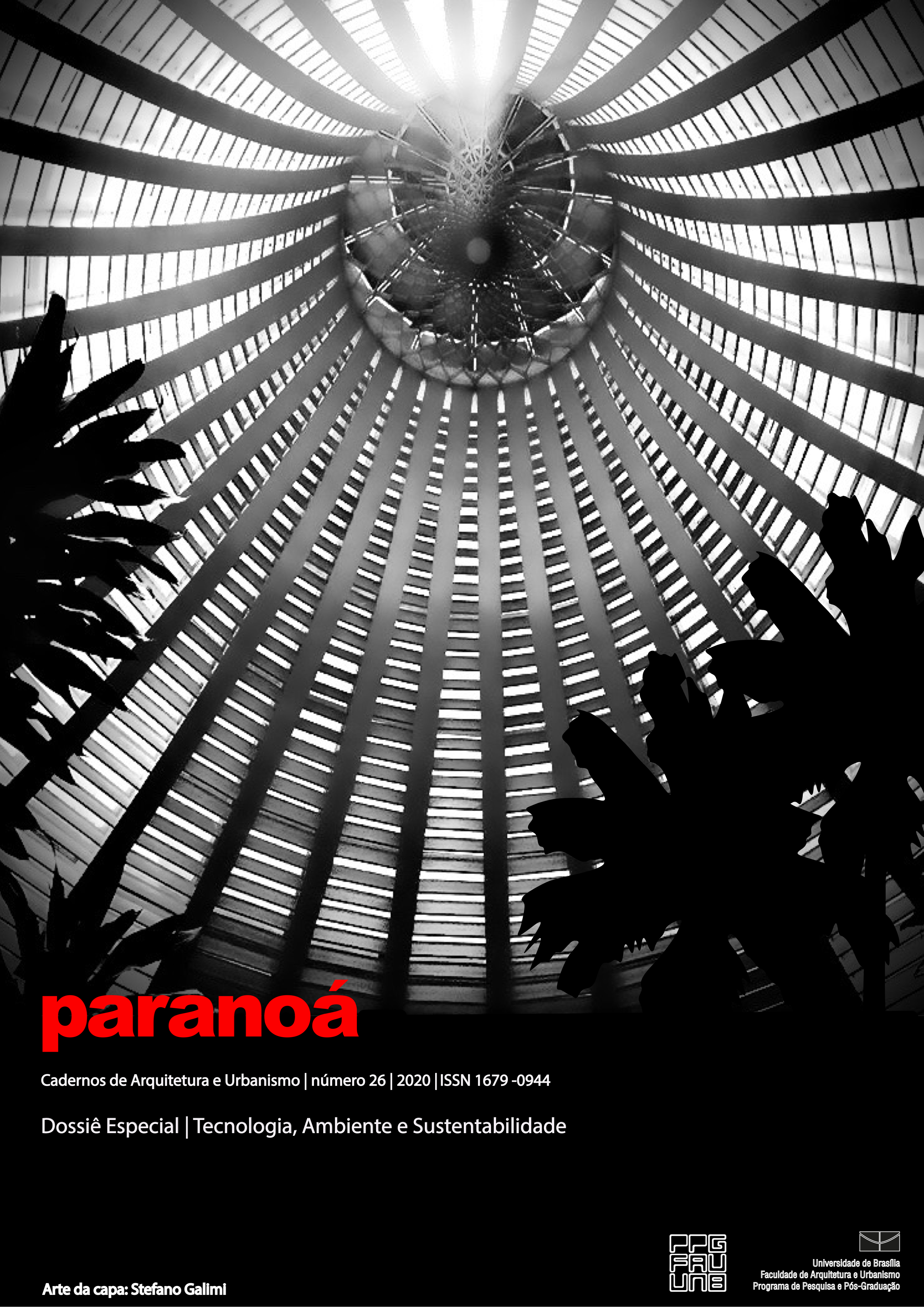The Influence of Weighting Coefficient in the Evaluation of the Critical Degree in Multi-Storey Buildings Via Inspection
DOI:
https://doi.org/10.18830/issn.1679-0944.n26.2020.09Keywords:
Dutch standard; Building inspection; Criticality levels; Recovery costs; Case studyAbstract
The purpose of this article is to analyze and discuss the use of weighting variables on the elements of a multi-storey building based on inspection results. For this study, a comparison was made between: the criticality weighting from the arithmetic mean, the weighting based on the criticality levels, but this is affected by the cost of recovery and the importance of the element. This discussion is of great value, as the results presented may guide the decisions of the owners and managers on how to manage the budgetary budget, on the works of repair and correction of pathologies. The case study was carried out in a pilotis-type residential building, located in the city of Brasília, built in 1973, in reinforced concrete, consisting of 6 floors. In data collection, building inspection was done with photographic record and sketches, and semi-destructive tests. It was found that using the Dutch standard for building inspection, based on the levels of criticality, the building had its degree of criticality in all forms of weighting classified in a general state as "fair". Other criteria can also be used, applied and compared in future works.
Downloads
References
ASSOCIAÇÃO BRASILEIRA DE NORMAS TÉCNICAS. NBR 5674: Manutenção de Edificações ”“ Requisitos para o sistema de gestão de manutenção. Rio de Janeiro, 2012.
ASSOCIAÇÃO BRASILEIRA DE NORMAS TÉCNICAS. NBR 9050: Adequação das edificações e do mobiliário urbano à pessoa deficiente ”“ Procedimento. Rio de Janeiro, 1985.
EUROPEAN COMMITTEE FOR STANDARDIZATION. CEN, EN 13306 Maintenance Terminology. Brussels, 2001.
HORNER, R.M.W.; EL-HARAM; M.A.; MUNNS, A.K. Building maintenance strategy: A new management approach. Journal of Quality in Maintenance, Vol. 3, N. 4, 1997.
MOURA, T.J.M. Metodologia de avaliação do estado de conservação do edificado. 214 páginas, 2014. Dissertação de Mestrado em Engenharia Civil ”“ Departamento de Engenharia Civil, Universidade de Aveiro, Aveiro.
NATÁRIO, A.L.R. Modelo de gestão da manutenção em edifícios da Santa Casa da Misericórdia de Lisboa: Indicadores de desempenho da manutenção de edifícios. 2016. 86 páginas. Dissertação de Mestrado em Construção e Reabilitação ”“ Instituto Superior Técnico, Universidade Técnica de Lisboa, Lisboa.
NEDERLANDS NORMALISATIE INSTITUUT. NEN 2767: Conditiemeting van bouw ”“ en installatiedelen ”“ Deel 1: Methodiek. Holanda, 2006.
PEDRO, J.B.; VILHENA, A.; PAIVA, J.V. Métodos de avaliação do estado de conservação de edifícios desenvolvidos no LNEC: Características e possibilidades de aplicação. Engenharia Civil. Universidade do Minho, Vol. 42, pp. 5-18, 2012.
PITT, T.J. Data requirements for the prioritization of predictive building Maintenance. Facilities, Vol. 15, N. 3-4, pp. 97-104, 1997.
STRAUB, Ad. Dutch standard for condition assessment of buildings. Structural Survey, Vol. 27, pp. 23-35, 2009.
VILHENA, A.J.D.S.M. Método de avaliação do estado de conservação de edifícios: Análise e contributos para o seu aperfeiçoamento e alargamento do âmbito. 364 páginas, 2011. Tese de Doutoramento em Engenharia Civil ”“ Instituto Superior Técnico, Universidade Técnica de Lisboa, Lisboa.
Downloads
Published
How to Cite
Issue
Section
License
Copyright (c) 2020 Paranoá: journal of Architecture and Urbanism

This work is licensed under a Creative Commons Attribution 4.0 International License.
Autores que publicam nesta revista concordam com os seguintes termos:
- Autores mantém os direitos autorais e concedem à revista o direito de primeira publicação, com o trabalho simultaneamente licenciado sob a Licença Creative Commons Attribution que permite o compartilhamento do trabalho com reconhecimento da autoria e publicação inicial nesta revista. http://creativecommons.org/licenses/by/4.0
- Autores têm autorização para assumir contratos adicionais separadamente, para distribuição não-exclusiva da versão do trabalho publicada nesta revista (ex.: publicar em repositório institucional ou como capítulo de livro), com reconhecimento de autoria e publicação inicial nesta revista.
- Autores têm permissão e são estimulados a publicar e distribuir seu trabalho online (ex.: em repositórios institucionais ou na sua página pessoal) a qualquer ponto antes ou durante o processo editorial, já que isso pode gerar alterações produtivas, bem como aumentar o impacto e a citação do trabalho publicado (Veja O Efeito do Acesso Livre).















